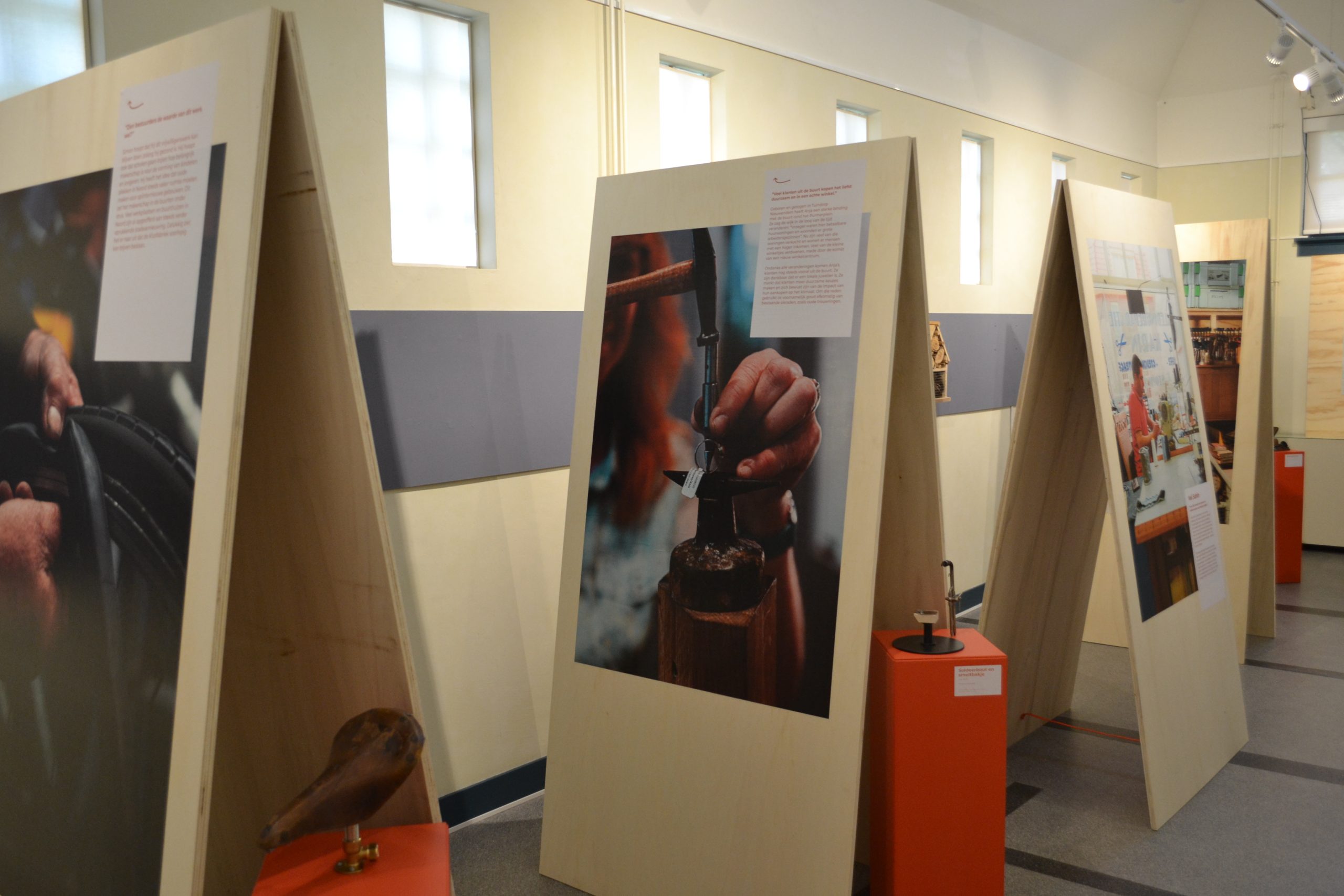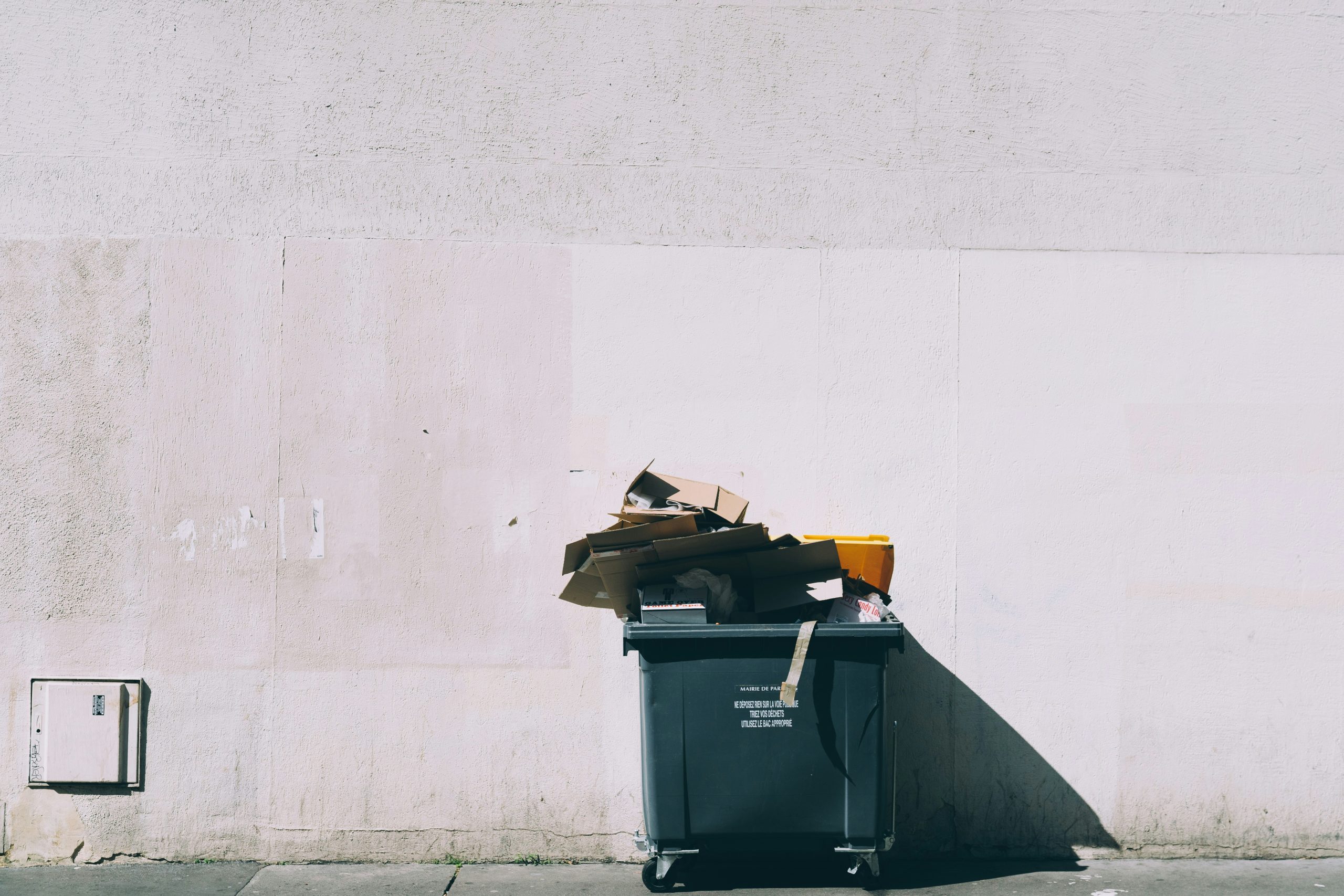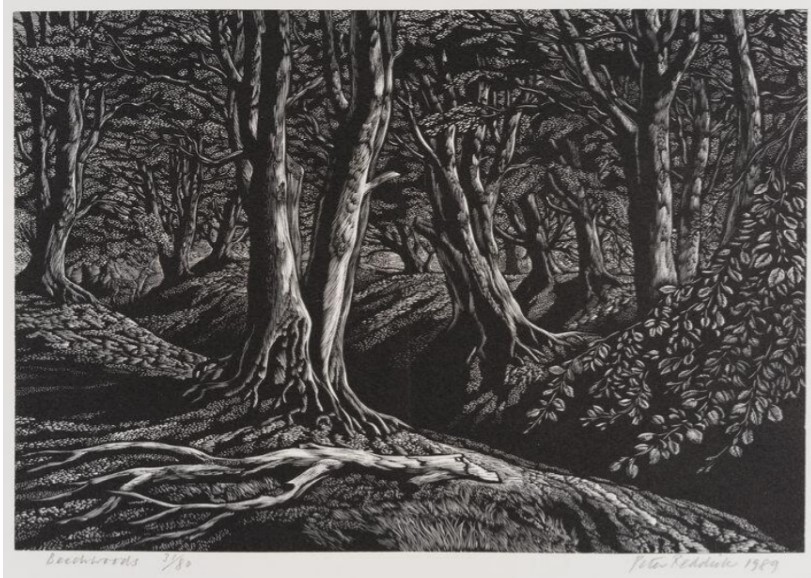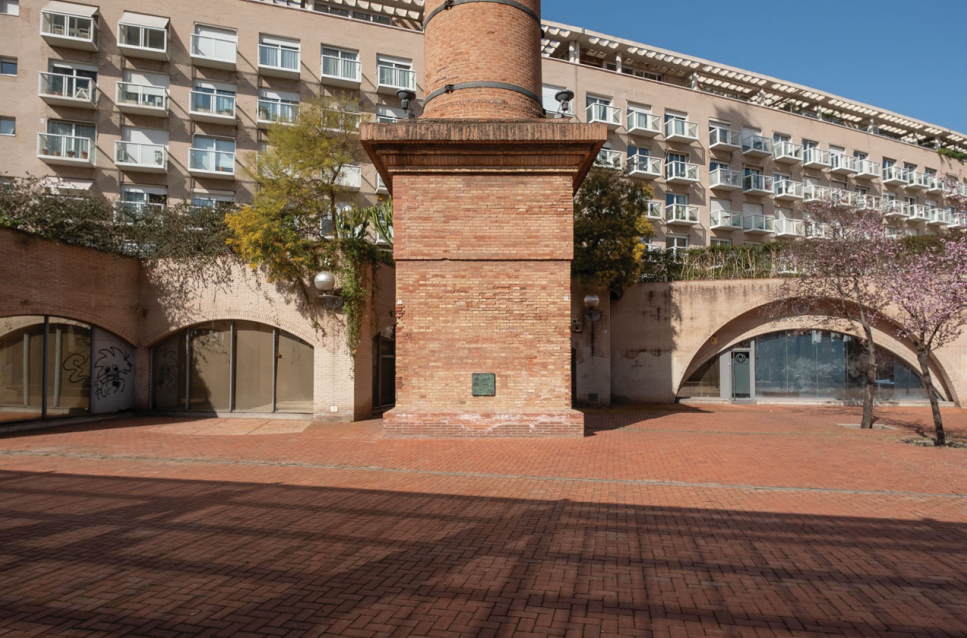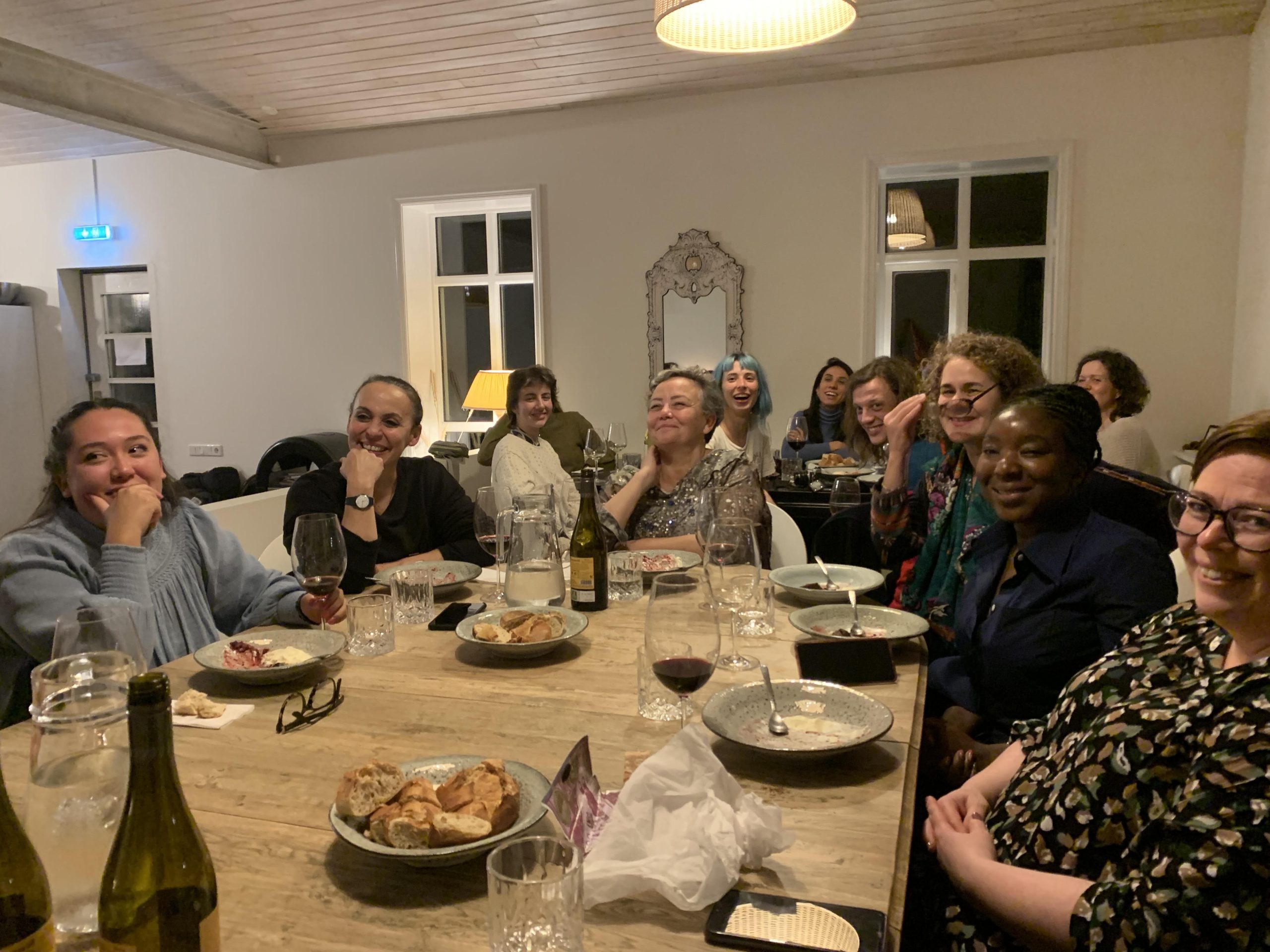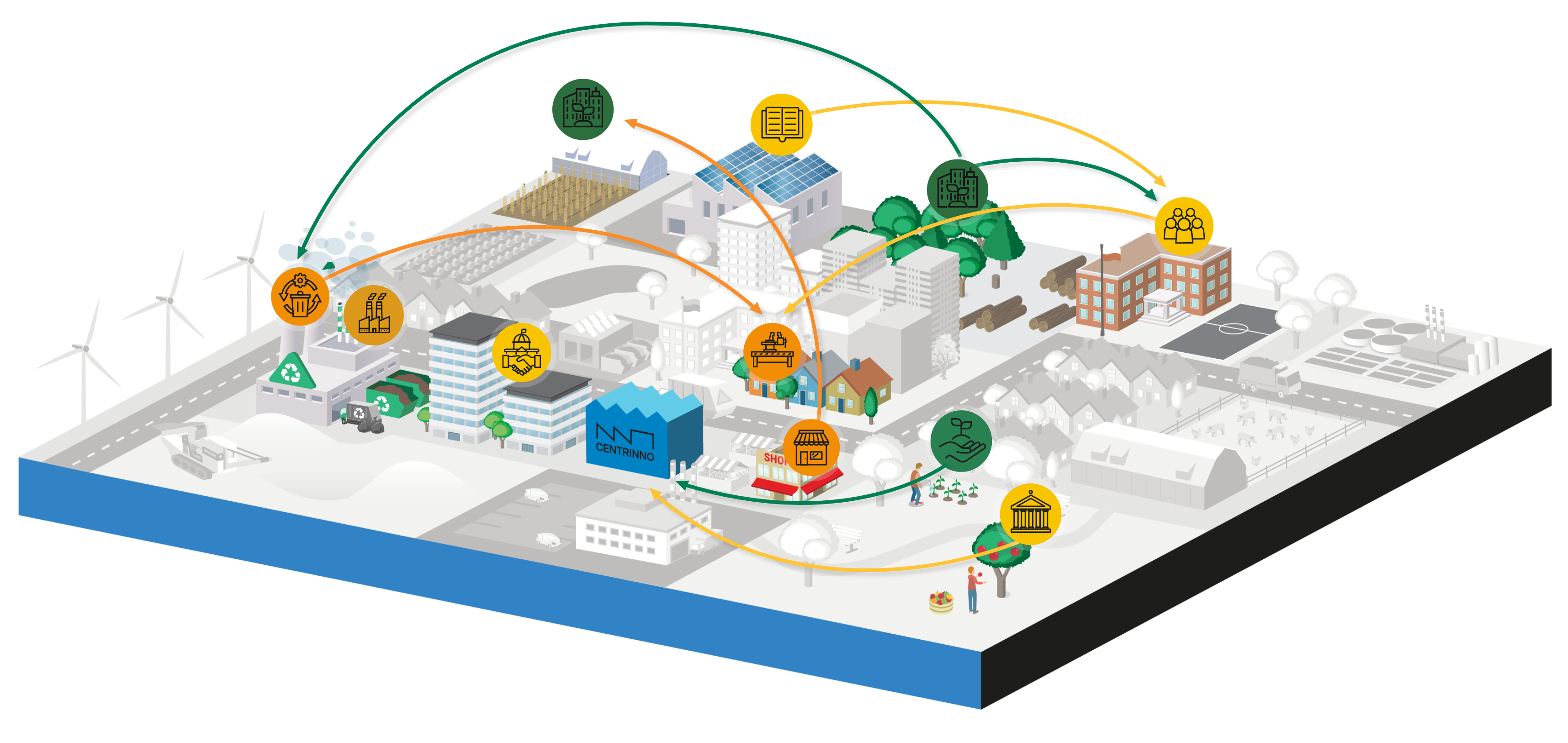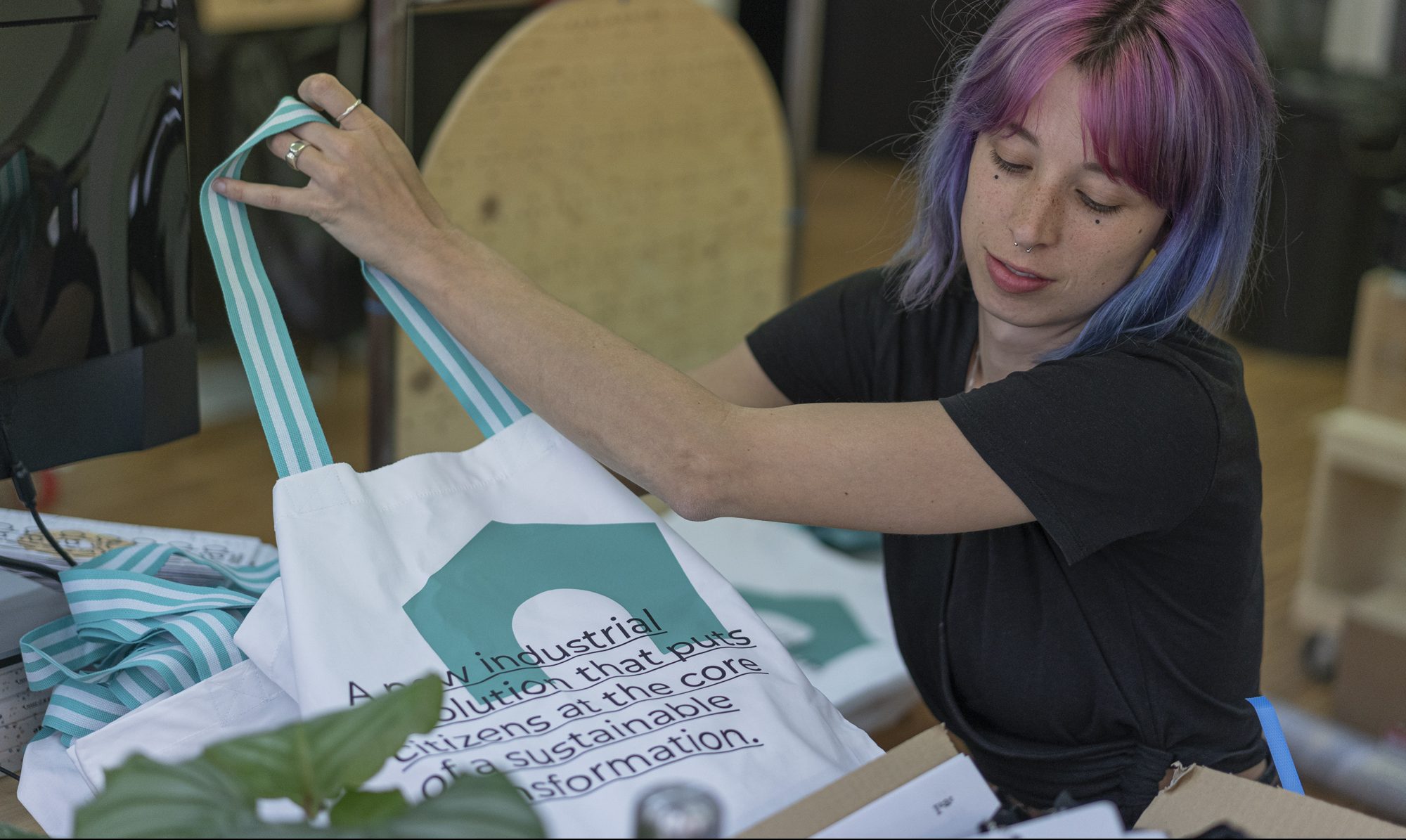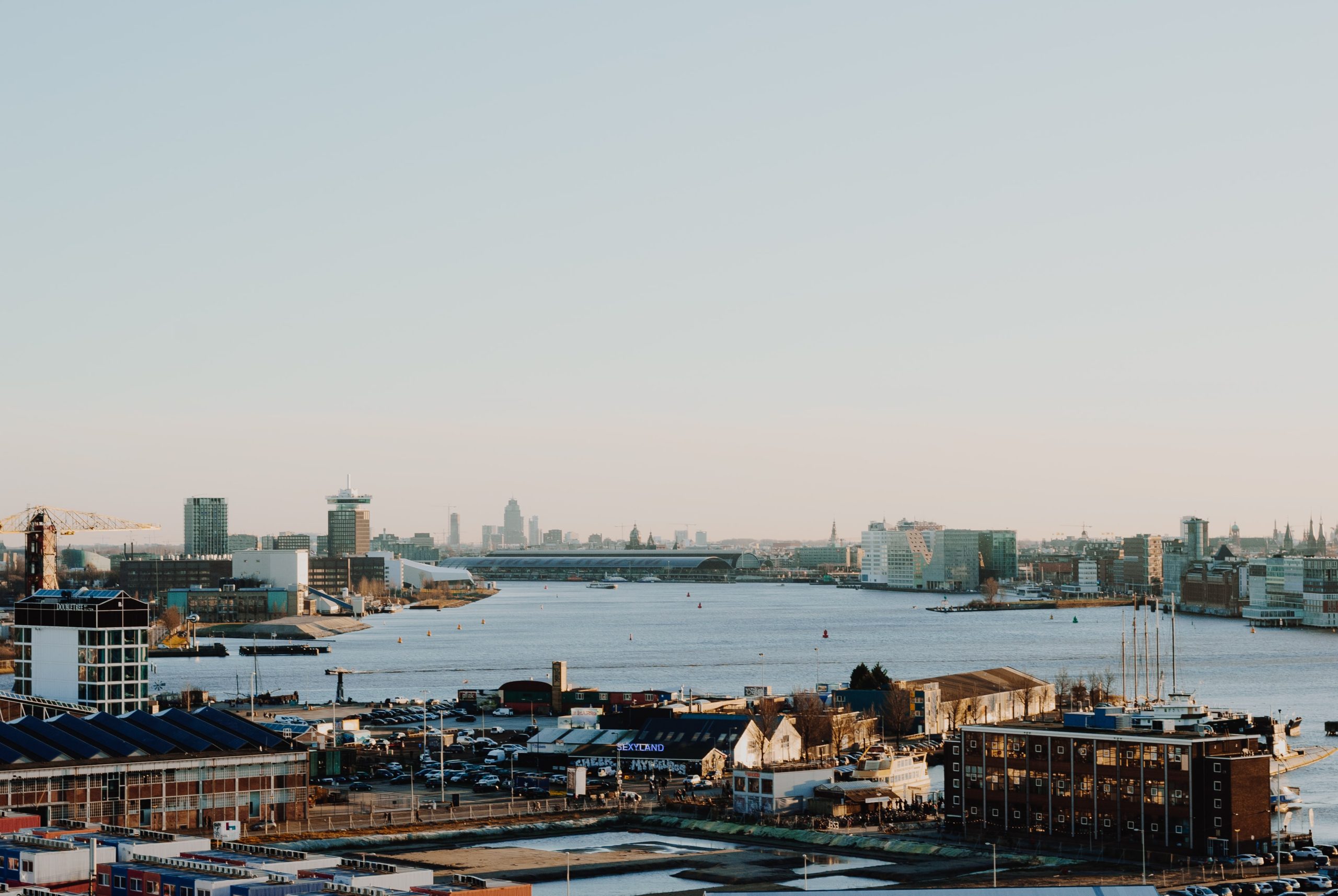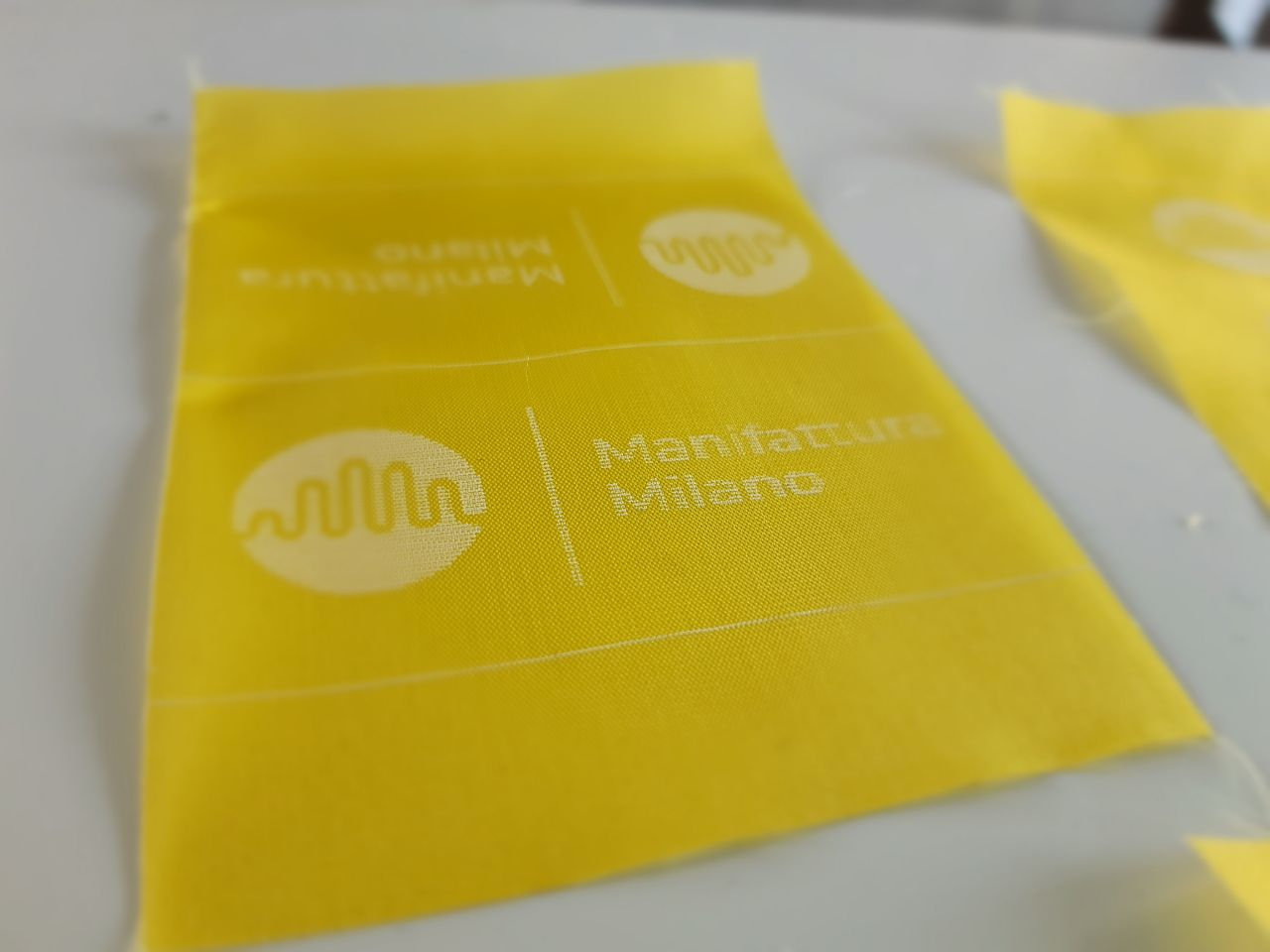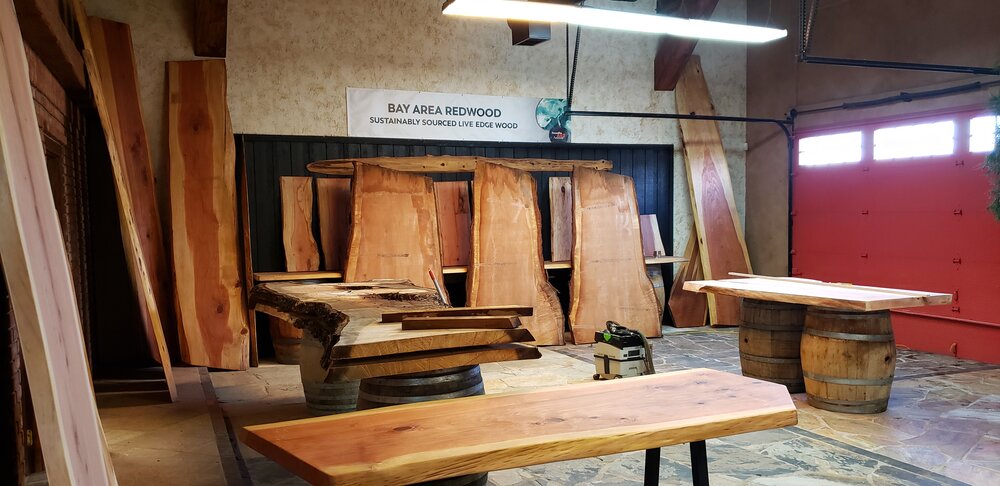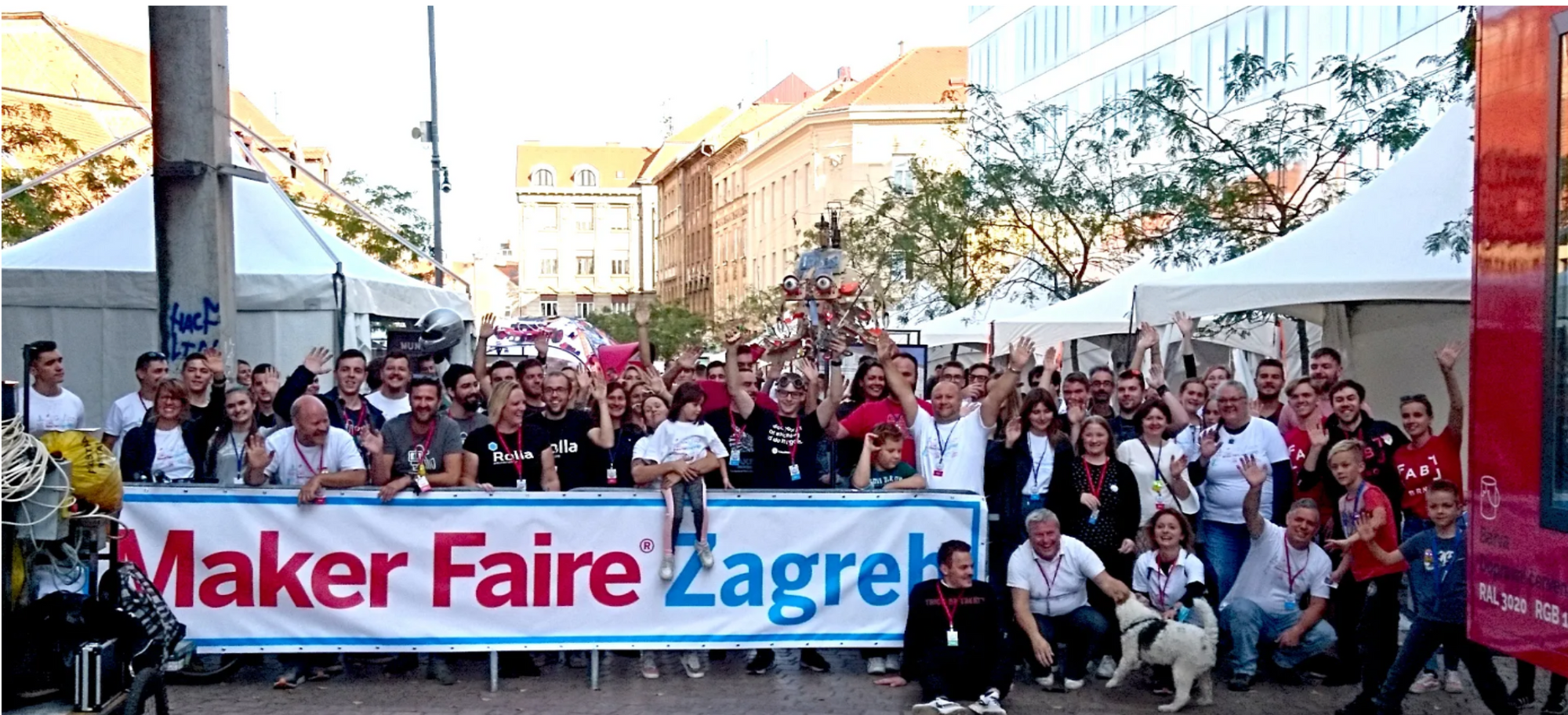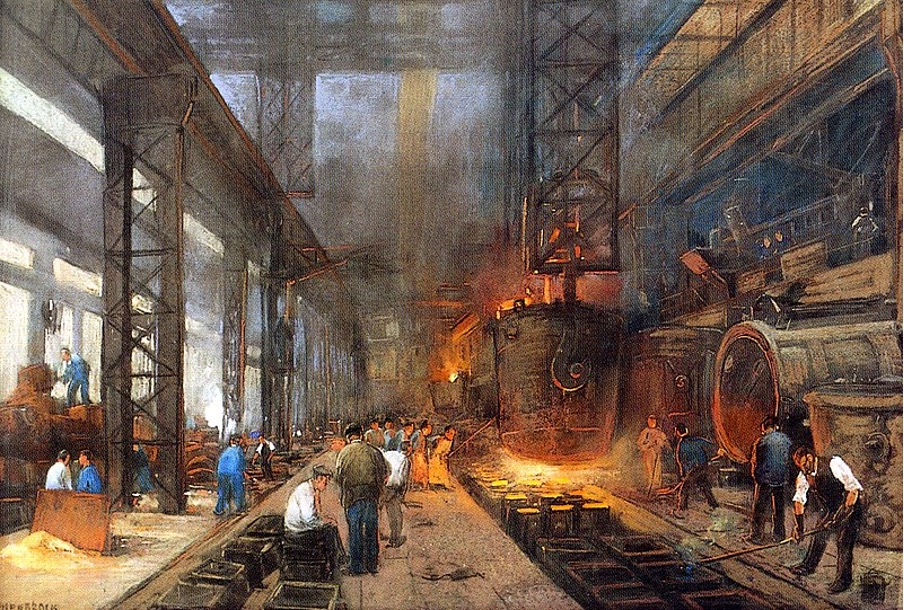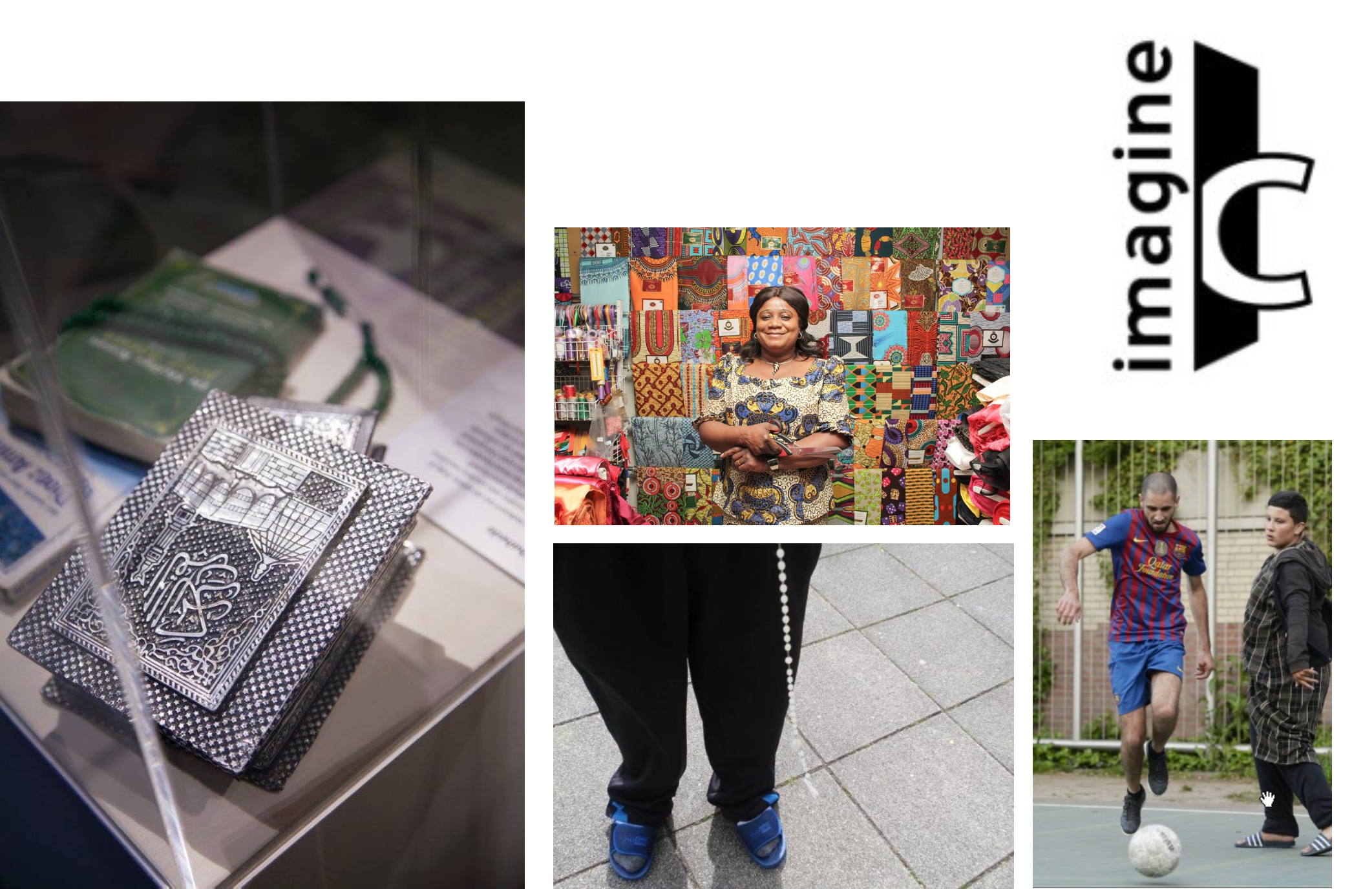BLOG
Fab City Hub Paris opening
Interview with Vincent Guimas, co-founder
Fab City Hub Paris opening
Interview with Vincent Guimas, co-founder
Vincent Guimas talks about the main challenges of opening this space in a metropolis like Paris and the expectations for the role it can play for the maker community and its role in the transition processes towards a fab city.
Second round of Fab City Hub Voices
As part of Fab City Hub Voices webinar series, the past 2nd of March the Volumes team in collaboration with IAAC has run the 5th edition of this series of webinars that aim to inquiry directly from the voices of the makers, the challenges and the opportunities for creative and productive hubs in contemporary European cities.
After getting to know some of the references in Europe, we continue with new sessions with which we aim to improve understanding of what a Fab City Hub is, and how it could be implemented. To do this we will talk directly with the protagonists of the nine pilot projects being implemented in nine cities as part of the European consortium CENTRINNO. Through these meetings we aim to highlight the difficulties and challenges faced by the promoters of these spaces, but also the progress they propose for the territorial ecosystem along 5 main lines: Circular Economy, Social Inclusion, Vocational Training and Heritage.
Fab City Hub Paris | A Centrinno Pilot in Paris
This space is the result of the cooperation of many actors, including Volumes, the Oasis 21 Cooperative, Jardin des Traverses, Fab City Grand Paris, and was created with these objectives in mind:
- To open and make sustainable in the best context possible the first Fab City Hub in Paris.
- To develop a training program with a strong care on inclusion to make skills accessible to address the next challenges of the urban food system.
- To strengthen the bound between the fab city ecosystem and public institutions in order to co-develop local blueprints to design Paris future.
- To spread knowledge among Grand Paris region by supporting alternative initiatives in various topics but testifying that new models are scalable.
- To contribute to an active European network through CENTRINNO to implement diversity of approaches.
What have been the main challenges?
One of the strongest aspect of the Parisian makers and creatives communities is the network they have been able to create in the last five years. Fab City Grand Paris is in fact the materialization, in form of an association and a network, of a long term collaboration among multiple and diversified actors, from small to medium size manufactures, representing the most innovative and socially engaged actors of the city. Since 2010 these city-wide community was able to achieve a lot of fruitful results that aim to transform Paris into the capital of the social and ecological transition. We can count among their best achievements:
- Deal with a large spectrum of actors from the civil society, the third sectors and the involvement of public authorities
- The opening of three different but connected innovative spaces in the north-east of Paris dedicated to creative and productive actors, connecting a larger and distributed ecosystem across the whole city
- In 2022 after 2 year of Pandemic, opening the Fab City Hub Paris, a place offering 1000 M2 of training rooms to develop new skills and knowledge, and spaces to share and spread debates about the productive and sustainable city
What are the main expectations?
During the conversation Vincent, keep saying that the FAB CITY HUB Paris is a bet. Indeed, in the next years the Parisian team will work hard to hold true the ecological, social and economic challenges of our times and . The work and next actions of the Parisian pilot will be oriented in order to :
- Make the Fab City Hub Paris the place that facilitate collaboration and interaction between innovative entrepreneurs, new comers and the local neighborhoods as well as engaging local authorities
- Find the right balance between establishing collaboration with ‘big’ entrepreneurs while maintaining the open, multifunctional and socially diverse nature of the place
- Support manufacturer/makers and new food growers to stay, produce and learn in Paris, while finding sustainable solutions to land and rental pressure
- Nurturing and maintaining alive the Fab City Hub Paris as a laboratory for rethinking production in the city, by curating cultural and networking events, organising training courses linked to craftsmanship and food production by merging tradition with innovation
Conclusion
The activation of the Fab City Hub Paris comes with many challenges and opportunities ahead. We can highlight how everything starts without even starting with the machines that will arrive only in the coming months. One of the keys to making this possible comes from the existence of a community that is already connected and oriented towards developing projects and filling the space with content. This first pilot who manages to open the doors represents without a doubt an example and a reference that we are sure will motivate all the other Centrinno pilots.













